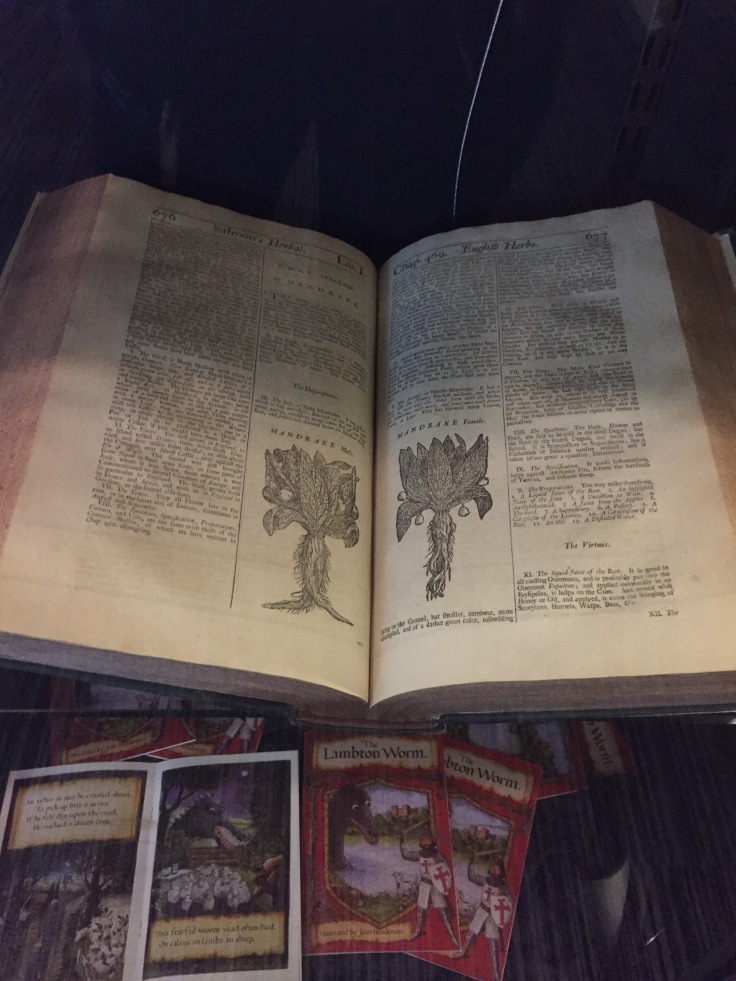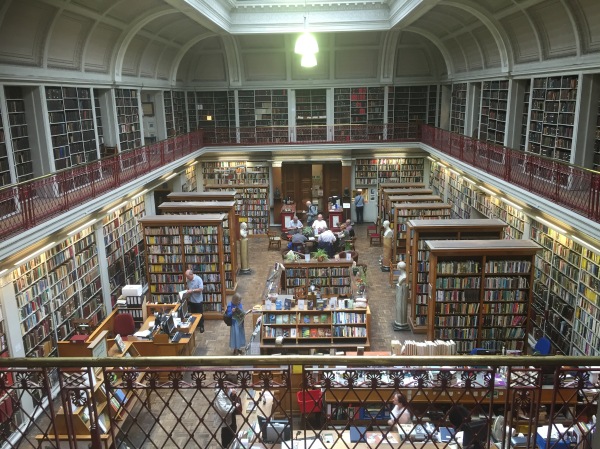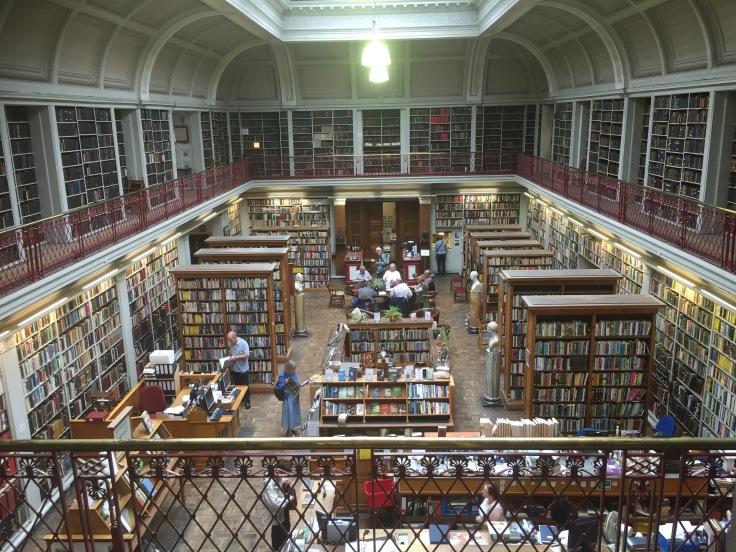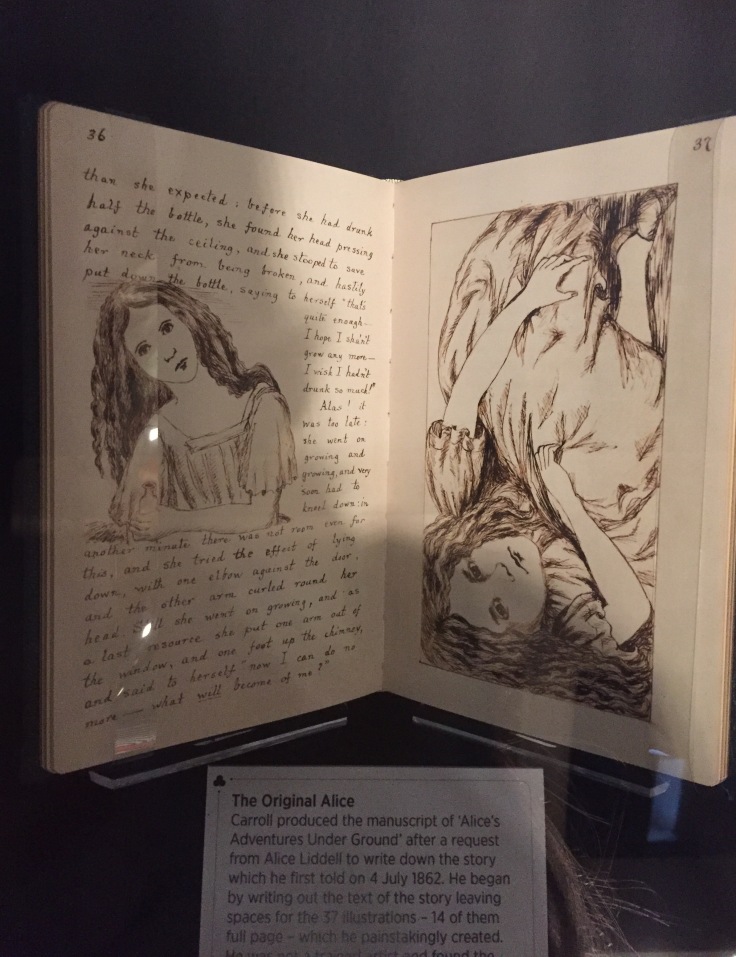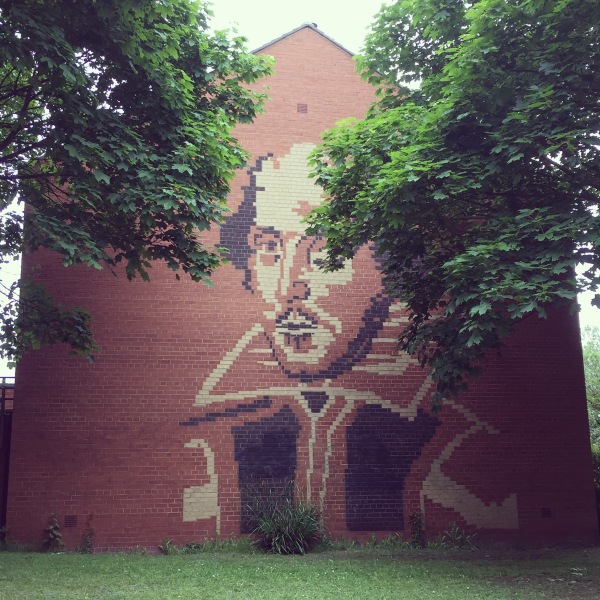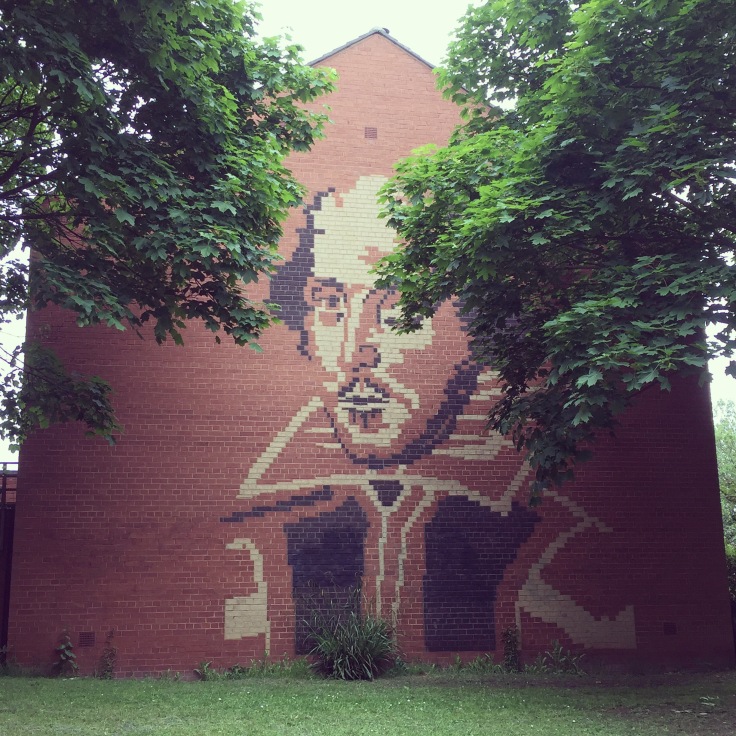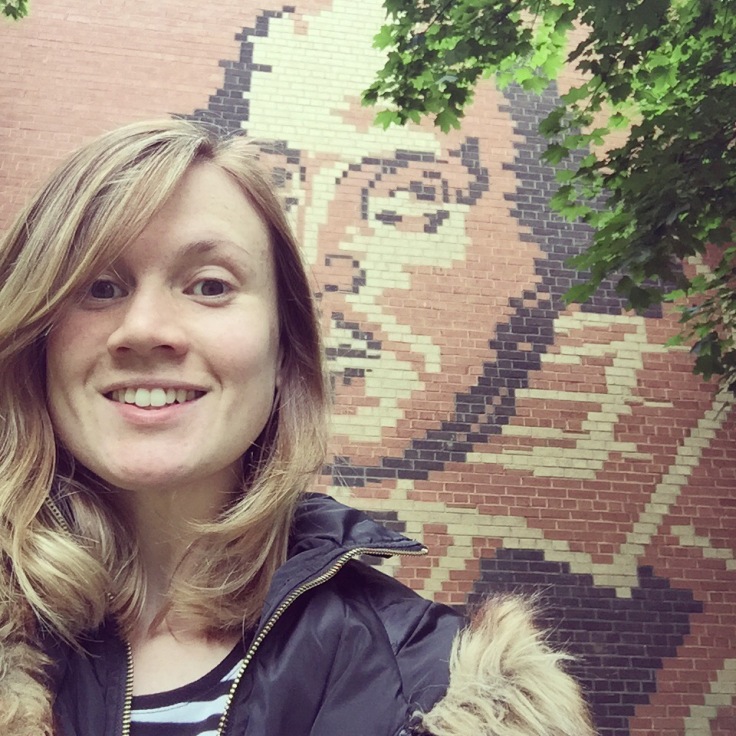Keen Harry Potter fans may recognise the above quote as being spoken by Ron Weasley about Hermione Granger in the Chamber of Secrets. She was a wise girl was Hermione and on this particular wet Wednesday morning I decided to follow in her footsteps and pay a visit to the Newcastle City Library.
I always enjoy a visit to a library, but truth be told if I was just in the mood to spend time amongst books I would usually opt for the Lit and Phil. What drew me instead to the City Library (and what led me to this blog’s introduction) was the recent arrival of a new Harry Potter exhibition.
Inspired by the History of Magic exhibition at the British Library in London, Newcastle City Library is one of twenty libraries across the country to host a magic-inspired exhibition in honour of the 20th anniversary of the first Harry Potter novel.

The exhibition is smaller than I had hoped it would be. I mean, truthfully it could never have been big enough to satisfy a Harry Potter obsessive like myself, but even those with more realistic expectations might find its size a little disappointing. It occupies only a small space on Level 1 by the entrance to the library and another small area on Level 6.
Despite its small size, however, the exhibition was still able to provide a decent chunk of magic related information. It focuses mainly on the different subjects taught at Hogwarts and looks at the origins and history of each of these. I learned, amongst other things, that Abracadabra was originally used as a magic charm against Malaria in Ancient Rome and that Bezoars really do come from the stomach of goats and really were used as an antidote to poison. Indeed, the exhibition taught me more generally just how much of J.K.Rowling’s work has some origins to real historical creatures, theories and philosophies.
As well as the Hogwarts subjects, the exhibition also contains references to magical tales and events closer to home, including the tale of the Lambeth Worm and stories about witchcraft in Newcastle. Beautiful copies of incredibly old books (from the 16th and 17th centuries) focusing on the use of herbs and plants for medicinal purposes can also be admired as a part of this small but undoubtedly intriguing exhibition.


